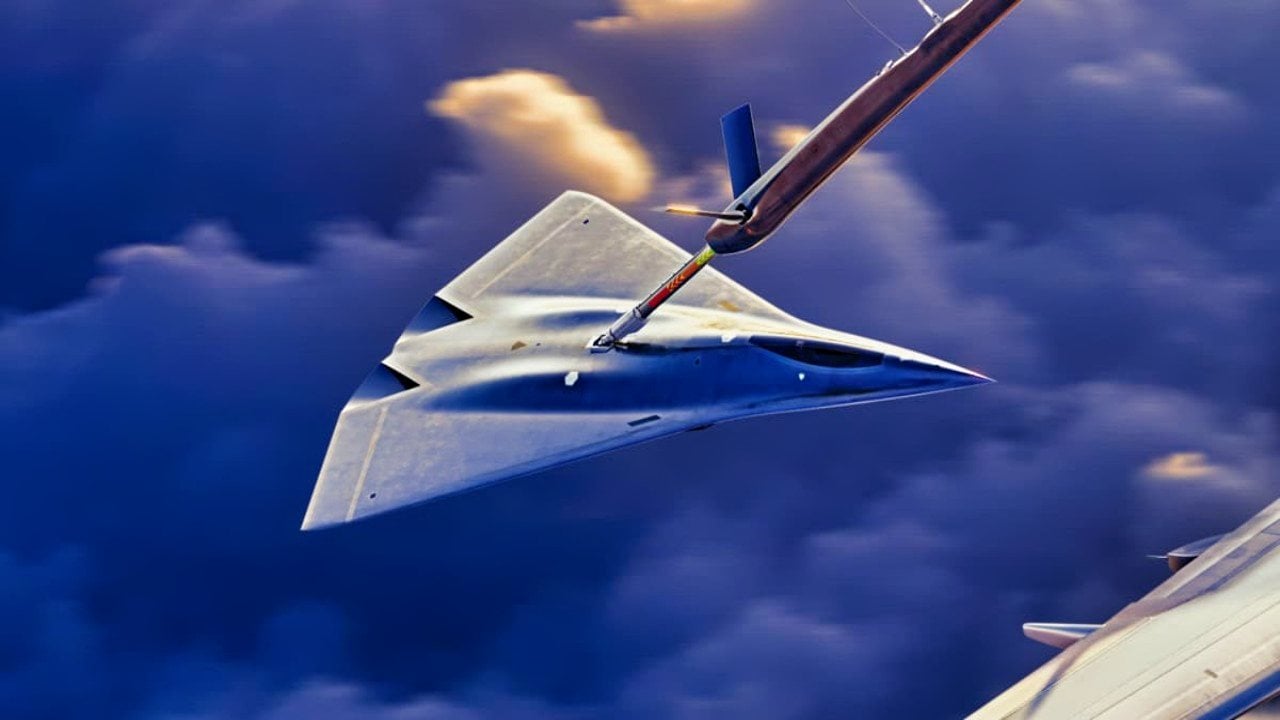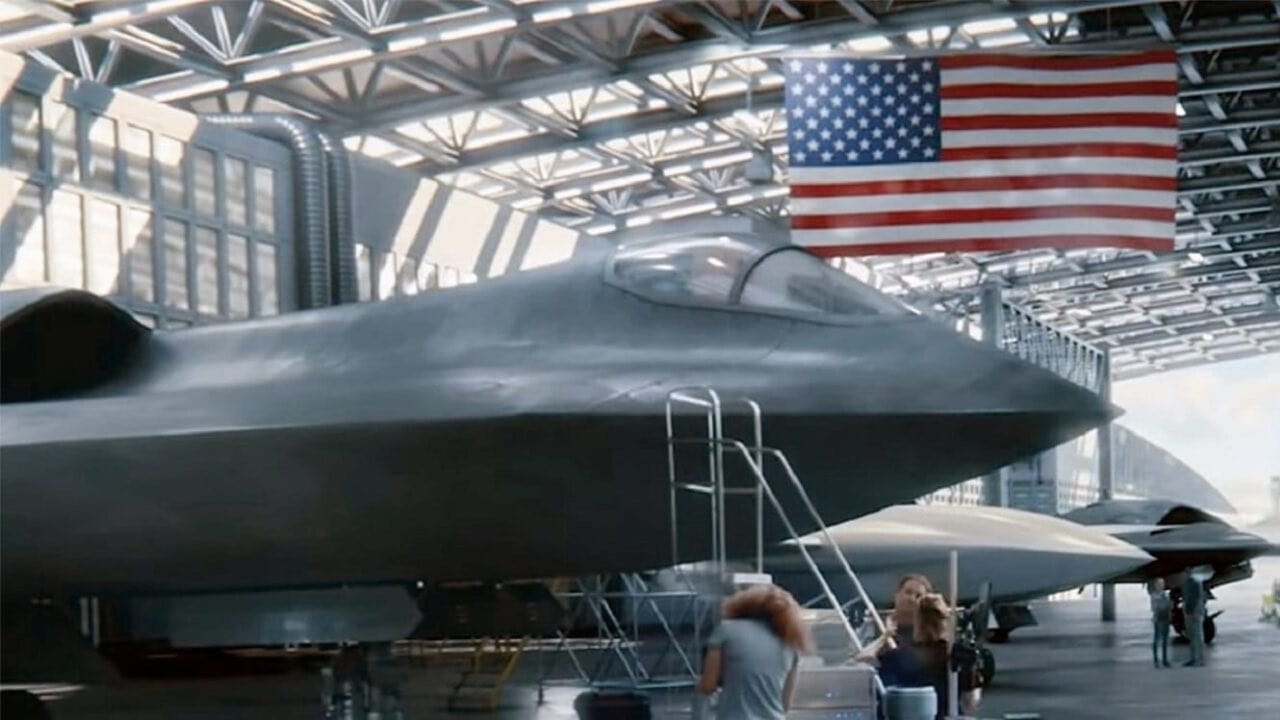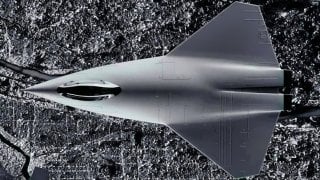NGAD 6th Generation Fighter Could Fly with 1,000 'Collaborative Combat Aircraft'
The U.S. Air Force's Next-Generation Air Dominance (NGAD) program aims to replace the aging F-22 Raptors with cutting-edge sixth-generation fighters by the 2030s.
Summary and Key Points: The U.S. Air Force's Next-Generation Air Dominance (NGAD) program aims to replace the aging F-22 Raptors with cutting-edge sixth-generation fighters by the 2030s.

-Central to NGAD is the deployment of at least 1,000 unmanned Collaborative Combat Aircraft (CCA), designed to operate as "drone wingmen" alongside piloted jets.
-These drones will enhance capabilities, reduce costs, and perform various missions, including surveillance and electronic warfare.
-While the NGAD jets will feature advanced stealth, propulsion, and digital design, the CCAs will ensure the Air Force maintains aerial superiority amid rising global tensions and competition from nations like China and Russia.
USAF to Field 1,000 Unmanned Drones as Part of NGAD:
The future of the U.S. Air Force is the Next-Generation Air Dominance program, or NGAD.
Meant to replace the service’s aging fleet of F-22 Raptors, the upcoming sixth-generation fighter will possess all the latest and greatest technologies. The crux of this future “family of systems,” as the NGAD is described, involves the use of unmanned aerial vehicles to fly alongside the piloted jets. In fact, the Air Force plans to develop at least 1,000 of these Collaborative Combat Aircraft (CCA).
An Overview of NGAD
NGAD fighters are expected to be operational by the 2030s and to anchor the service’s aerial strategy. According to officials, the new program will incorporate five key technologies: stealth, propulsion, advanced weaponry, thermal management, and digital design. Exact details and specs surrounding NGAD have yet to be released, but the program is expected to exceed the capabilities of fifth-generation predecessors including the F-35 Lightning II.
Notably, the NGAD jet will be powered by sophisticated engines developed through the Next-Generation Adaptive Propulsion program. Big-name manufacturers including Pratt & Whitney, Lockheed Martin, Northrop Grumman, Boeing, and General Electric were initially awarded contracts for this program in 2022.
How CCAs Will Help Cut Down NGAD’s Costs
NGAD fighters will cost a lot. In order to cut down on costs without lowering capability, the Air Force will field the far less expensive CCAs as part of the program. As mentioned earlier, these combat UAVs will function in a “drone wingman” role alongside the sixth-generation jet. These highly autonomous combat aircraft will feature a wide array of sensors, weapons, and other tactical systems. They will also be able to carry out various mission sets, including surveillance, intelligence collection, electronic warfare, and more.
As explained by Christian Brose for the Hoover Institution, “Instead of investing in small numbers of large, expensive, heavily manned military platforms, the United States must rapidly field large numbers of smaller, lower-cost, autonomous systems. This alternative force will not emerge from the Pentagon’s antiquated, central planning process. Instead, we must create a parallel defense system that looks less like Communist China and more like capitalist America.”
The Race to Introduce Next-Gen Technologies Is On
While the concept of incorporating CCAs into the Air Force’s NGAD program is unique for the U.S. military, other countries are working to develop similar systems as part of their own next-generation fighter programs.

Moscow and Beijing are reportedly racing to introduce their own NGAD prototypes, which will certainly compete with the U.S. Air Force’s program down the line.
As global tensions continue to spike, the timely introduction of NGAD fighters and CCAs will become more and more crucial for the Air Force in its drive to retain some measure of aerial dominance over its adversaries.
About the Author: Defense Expert Maya Carlin
Maya Carlin, National Security Writer with The National Interest, is an analyst with the Center for Security Policy and a former Anna Sobol Levy Fellow at IDC Herzliya in Israel. She has by-lines in many publications, including The National Interest, Jerusalem Post, and Times of Israel. You can follow her on Twitter: @MayaCarlin.
Image Credit: Creative Commons.


